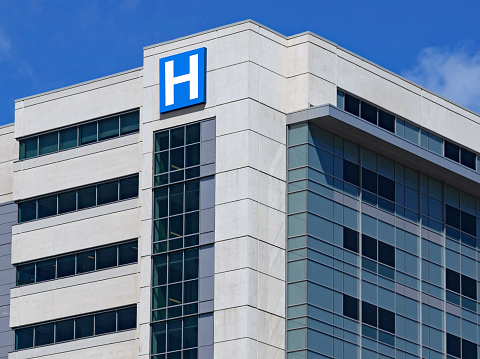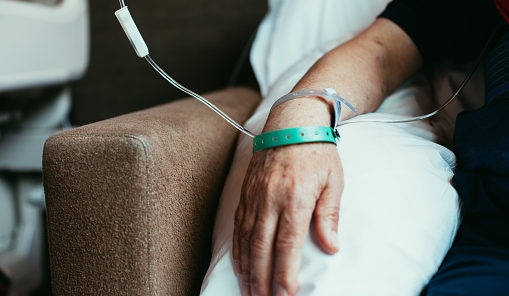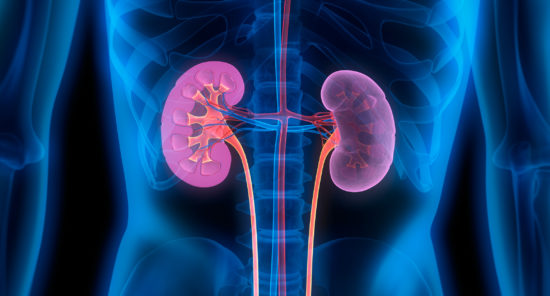Cancer surgeries at National Cancer Institute (NCI) centers are associated with higher insurer spending versus spending at community hospitals without differences in care utilization, according to a new study published in JAMA Network Open.
NCI care academic hospitals are recognized for their research, training, education programs, and clinical expertise pertaining to cancer care. However, as the researchers noted, because of their comprehensive service offerings, market share, and prestige, NCI centers may exercise greater leverage in negotiations with commercial insurers, resulting in higher reimbursement rates for cancer care services. They further noted at this is particularly true for patients with private insurance, for whom health care prices are negotiated between insurers and clinicians and price transparency is lacking.
The researchers conducted a cross-sectional study comprised of 66,878 patients (77.1% women; 47.2% aged ≥65 years) with an incident diagnosis of breast (53.5%), colon (32%), or lung cancer (14.5%) who underwent cancer-directed surgery between 2011 and 2014. The Spending outcomes were surgery-specific insurer prices paid and 90-day post-discharge payments. Utilization outcomes were length of stay (LOS), emergency department (ED) use, and hospital readmission within 90 days of discharge.
Spending and utilization outcomes were assessed by hospital type (NCI, non-NCI academic, or community) using multilevel generalized linear mixed-effects models, adjusting for patient, hospital, and region characteristics. The primary spending outcomes were defined as spending surgery-specific insurer prices paid and 90-day post-discharge payments, while utilization outcomes specified as length of stay (LOS), emergency department (ED) use, and hospital readmission within 90 days of discharge. The data were analyzed from February 2018 to February 2019.
According to the results, surgery-specific insurer prices paid at NCI centers were higher compared with community hospitals ($18 526, 95% CI, $16 650-$20 403 vs $14 772 [95% CI, $14 339-$15 204]; difference, $3755 [95% CI, $1661-$5849]; P < .001), and 90-day post-discharge payments ($47 035 [95% CI, $43 289-$50 781] vs $41 291 [95% CI, $40 350-$42 231]; difference, $5744 [95% CI, $1659-9829]; P = .006). There were no significant differences in LOS, ED use, or hospital readmission within 90 days of discharge, the researchers noted.
A Better Understanding of Factors is Needed
The study did have its limitations. Firstly, the analysis was limited to patients with private insurance undergoing cancer surgery for only breast, colon, or lung cancer, and may not generalize to patients with other malignancies or undergoing non-surgical cancer care. However, the researchers further noted, these are three of the four most common incident cancers and make up most of cancer surgical volumes nationally, “suggesting that our results may at least extend to other oncologic surgical populations,” the researchers wrote.
Secondly, the study did not analyze patient out-of-pocket spending and thus cannot discern the degree to which patients were exposed to the observed price and spending differences. Thirdly, claims-based analysis did not allow for complete adjustment for such clinical factors as cancer stage at diagnosis, surgical complexity, and pathologic status.
In this study of patients with private insurance undergoing cancer surgery, insurer spending for a surgical episode was higher at NCI centers than community hospitals, without differences in care utilization. https://t.co/Ei5TtMMUje
— JAMA Network Open (@JAMANetworkOpen) August 3, 2021
The researchers concluded that “[in this study] surgery at NCI centers vs community hospitals was associated with higher insurer spending for a surgical episode without differences in care utilization among patients with private insurance undergoing cancer surgery. A better understanding of the factors associated with prices and spending at NCI cancer centers is needed.”
“surgery at NCI centers vs community hospitals was associated with higher insurer spending for a surgical episode without differences in care utilization among patients with private insurance undergoing cancer surgery” https://t.co/cEZaMPVNeU
— Sandeep Pulim (@SPulim) August 3, 2021
Credit: Original article published here.










